Have you tried stat_function?
+ stat_function(fun = dnorm)
You'll probably want to plot the histograms using aes(y = ..density..) in order to plot the density values rather than the counts.
A lot of useful information can be found in this question, including some advice on plotting different normal curves on different facets.
Here are some examples:
dat <- data.frame(x = c(rnorm(100),rnorm(100,2,0.5)),
a = rep(letters[1:2],each = 100))
Overlay a single normal density on each facet:
ggplot(data = dat,aes(x = x)) +
facet_wrap(~a) +
geom_histogram(aes(y = ..density..)) +
stat_function(fun = dnorm, colour = "red")

From the question I linked to, create a separate data frame with the different normal curves:
grid <- with(dat, seq(min(x), max(x), length = 100))
normaldens <- ddply(dat, "a", function(df) {
data.frame(
predicted = grid,
density = dnorm(grid, mean(df$x), sd(df$x))
)
})
And plot them separately using geom_line:
ggplot(data = dat,aes(x = x)) +
facet_wrap(~a) +
geom_histogram(aes(y = ..density..)) +
geom_line(data = normaldens, aes(x = predicted, y = density), colour = "red")



